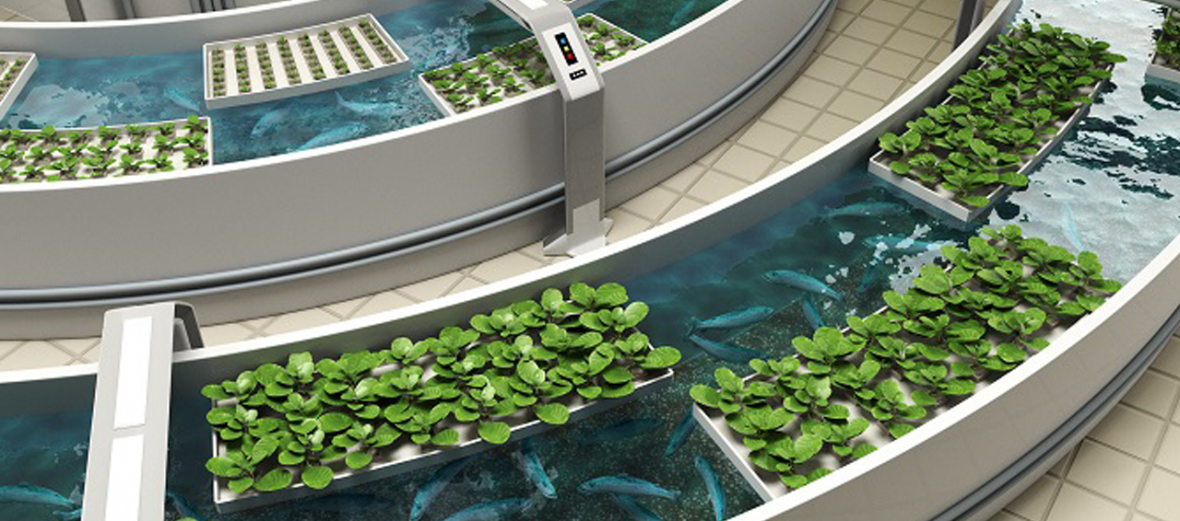Creating the Aquaponics system is very fun. Getting the right fish is one of the key steps. To find out what fish species should be stored in your pond, you must first ask what your intentions are to keep them. If you grow fish to eat, you can choose a different species than the one you just fed. The type of fish that is used in aquaculture in aquaponics is usually a variety of fresh water. These include tilapia, catfish, trout, perch, Oscars, koi and goldfish.

Trout in Aquaponics
The trout is one of good Aquaponics fish, which manages well only in cold water. It has an excellent flavor and is excellent for cold areas where it experiences winter for months. To grow well, this species needs uncontaminated water. Cultivation of this species means that you must choose the right plants for growth in the substrate because most aquatic plants prefer a warmer water temperature. However, they are growing very fast because they have a very high conversion rate and eat very well. They are carnivores, so you have to feed them with commercial pellets. They can develop a tendency to cannibalism where they eat their own species of fish or others.
There are three important elements you need to set up a good trout aquaponics system: fish, plants, and bacteria. Fish are necessary to survive organic vegetables; the plants avoid the toxicity of the water with ammonia, nitrates and other types of waste, and the bacteria ensure that the plants absorb the necessary nitrogen from the water.
The choice of fish
The most exciting part of this process is choosing the fish for your aquaponic system. First, you must decide if you want the fish to eat or show a purpose. Regardless of whether you use an external or internal system, you will have a wide range of fish to choose from.
If you live in an area with climate change and need food for aquaponic fish, it is best to choose one that survives in different seasons. trout aquaponics are a popular option for cooler weather you are not interested in these options, the tilapia fish is also a good option for any aquaponic system, regardless of its size. Keep in mind that most of the best-known freshwater fish are ideal for aquaponics.
The decision on the amount of fish that will be placed in the holding tank will depend on the filtration system; Available space and amount of vegetation that the system can handle.
Let’s take a closer look at these elements.
To get the right vegetation, you should consider some things, such as the amount of fish in the tank; the amount of food added per day, as well as the maturation, size, and weight of the fish.
If you have a simple design, such as raised beds, aquaponic fish systems with one square meter of vegetation, then you will need a minimum of sixty grams of fish feed per day. You need at least a hundred grams if you have demanding plants, like pumpkin.
It should be remembered that the plants are completely dependent on fish waste, as well as the remains of fish feed. The shortage of fish waste can stop the development of vegetables since the water will have a minimum level of useful nitrates and organic matter. On the other hand, an excessive amount of food can end up poisoning or killing fish. It is very important to find the right balance for fish survival and aquaponic vegetation.
source:
https://www.howtoaquaponic.com/fish/best-fish-for-aquaponics/
https://www.farmhydroponics.com/aquaponics/aquaponics-system-setup

